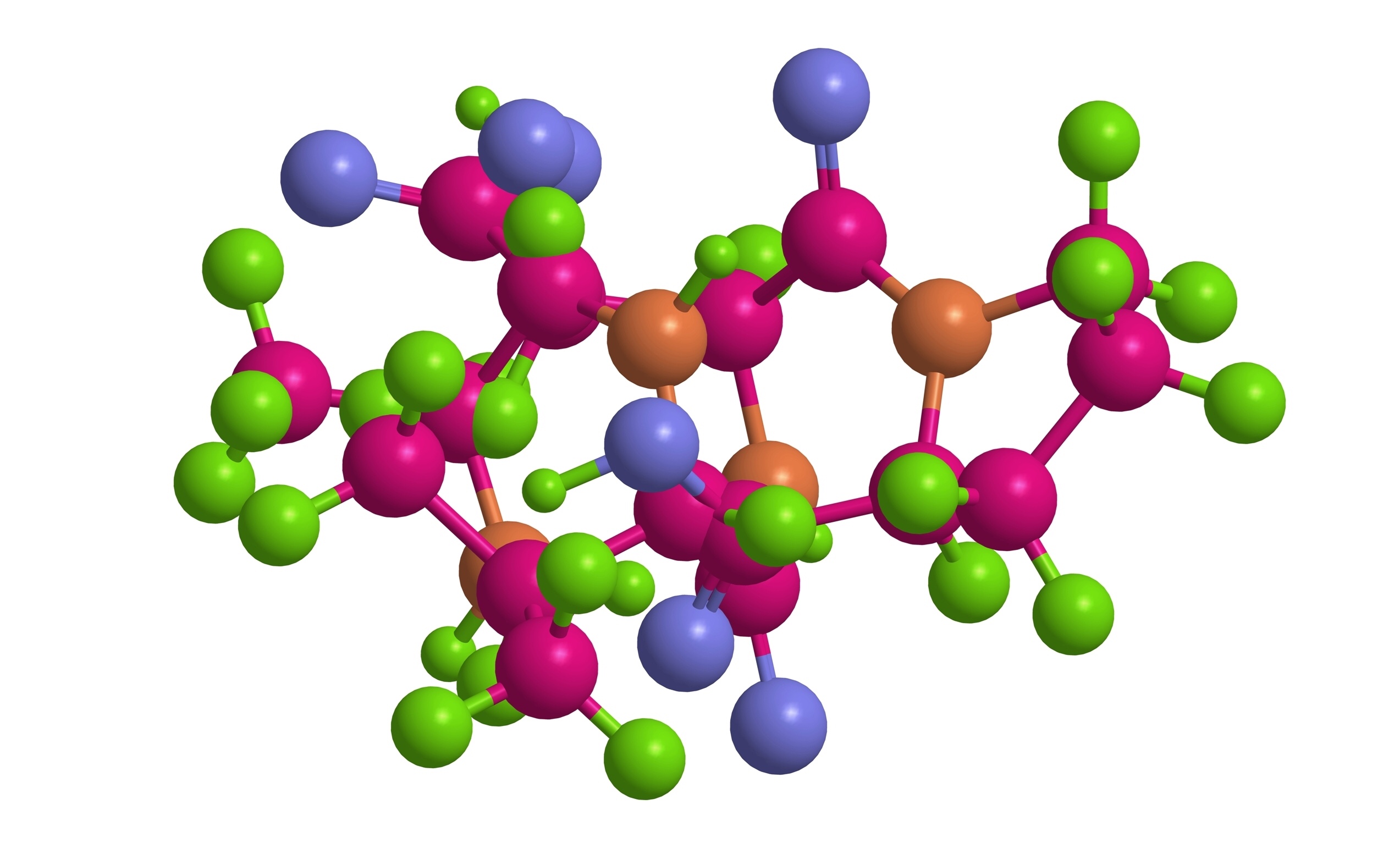Peptide Optimization at the Drug Discovery-Development Interface: Tailoring of Physicochemical Properties Towards Specific Formulation Requirements

Physicochemical properties of peptides need to be compatible with the manufacturing process and formulation requirements to ensure developability towards the commercial drug product. This aspect is often disregarded and only evaluated late in discovery, imposing a high risk for delays in development, increased costs and finally for the project in general. Here, we report a case study of early physicochemical peptide characterization and optimization of dual glucagon-like peptide 1 (GLP-1) / glucagon receptor agonists towards specific formulation requirements. Aggregation issues which were observed at acidic pH in the presence of phenolic preservatives could be eliminated by modification of the peptide sequence, and chemical stability issues were significantly improved by addition of stabilizing formulation excipients. We describe structural, analytical and biophysical characterization in different compositions to analyze the effect of pH and formulation excipients on physical and chemical stability. Molecular models have been generated to rationalize peptide stability behavior based on computed physicochemical descriptors and interactions with excipients. To conclude these studies, a general roadmap is proposed how to assess and optimize early physicochemical peptide properties in a sophisticated way by combining experimental and in silico profiling to provide stable peptide drugs under relevant formulation conditions at the end of discovery.

